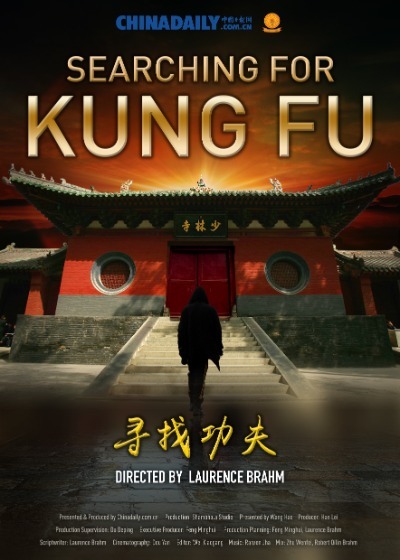

What comes to mind when you think of kung fu? If your mind is filled with images of Shaolin monks, Bruce Lee, jaw-dropping stunts or Kung Fu Panda, you wouldn't be wrong. But for Laurence J. Brahm, an American documentary filmmaker, the first thing that springs to mind is the concept of non-violence.
"Wushu, the official Chinese name for kung fu, has been translated into 'martial arts' in English. Martial means military," Brahm told a roomful of people attending the premiere of his latest work, "Searching for Kung Fu."
As Brahm explained, if you break down the character "wu," it consists of two characters: one is "ge," meaning dagger-axe; the other is "zhi," meaning to stop. So, the meaning of martial arts in Chinese is not the "art of fighting," a notion that many people take for granted. On the contrary, he said, kung fu is the art of stopping fighting, the art of non-violence.
In the movie, Brahm takes the audience on a kind of pilgrimage, inviting them to accompany him as he travels to a host of historically important locations in search for the origins of kung fu.
Beyond that, Brahm delves into the principles and values embedded in this Chinese cultural legacy, which dates back thousands of years but retains its enormous influence and attraction to this day.
After the premiere in Beijing, Brahm sat down for an exclusive interview with Xinhua.